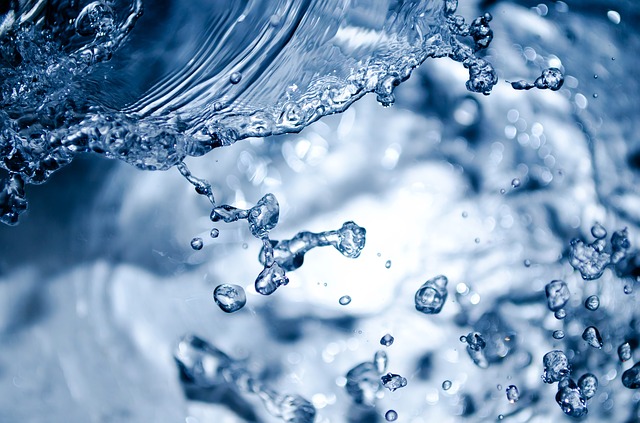
In a nutshell, that’s how Professor Lars G.M. Pettersson of Stockholm University describes their discovery about liquid water. To be more specific, their research team found out that at low temperatures where ice crystallization takes place slowly, water is capable of existing as two liquids. They arrived at this conclusion by using Argonne National Laboratory’s X-rays to investigate the dynamics of the two phases, confirming that both phases are indeed liquid, and each liquid phase is different from the other in terms of structure and density.
We already know how special water is, of course. Without it life on Earth wouldn’t thrive. Elsewhere, we really don’t know yet, although scientists can’t help but get excited about finding evidence of liquid water outside our planet, like on Mars, for instance, because it could very well be a sign of life.
Water may be special, but it’s also probably one of the strangest molecules there is. For starters, it’s the only compound on Earth that can exist naturally in three phases — solid, liquid, and gas. It also has many other physical properties, about 70 of them in fact, which makes it distinctive from all other kinds of liquids. With this latest discovery, another strange new feature has been added to water’s already colorful repertoire of properties.
Presently, we know that ice, the solid phase of liquid water, exists in two forms: the ordered crystalline form whose molecules are arranged neatly and in a repetitive pattern; and the disordered, amorphous form whose molecules are randomly scattered. This amorphous form is what’s more abundant, and it can flip from a low density version to a high density version, and vice versa.
Taking off from this, the team of scientists led by Professor Anders Nilsson wondered if the same kind of transition could also exist in water’s liquid form. This is where the X-rays came in — tracking the distance between water molecules at low temperatures. Their use also allowed the team to observe as water transformed from an amorphous ice form to a viscous liquid, then into a more viscous but less dense liquid. It showed that when water is at room temperature, it sometimes can’t decide on whether to be in low density form or high density form, and this indecision resulted in fluctuations between the two forms. In short, water can transition into two different kinds of liquid.
The findings could lead to a better understanding of how water behaves in different conditions. Hopefully, it can also lead to discoveries that can help avert a drinking water crisis, especially if the problem with climate change and global warming won’t get fixed, and we’ll have no choice but to rely on desalination and purification as a way to have enough drinking water for everyone.
The research was recently reported in the journal Proceedings of the National Academy of Sciences (PNAS).




Leave a Reply